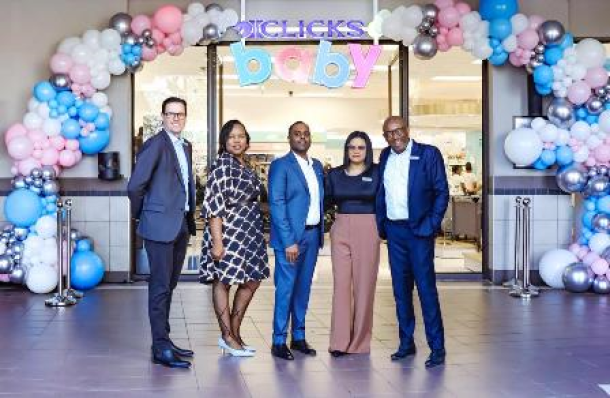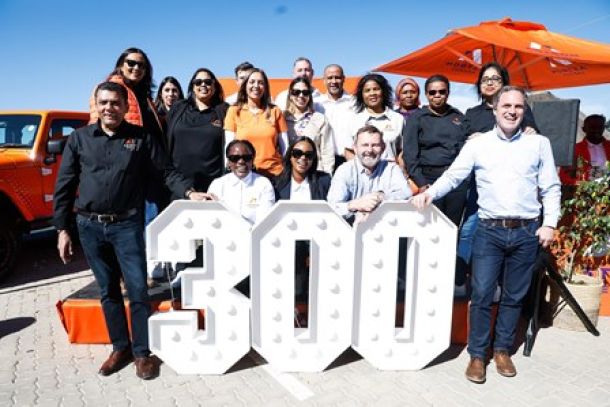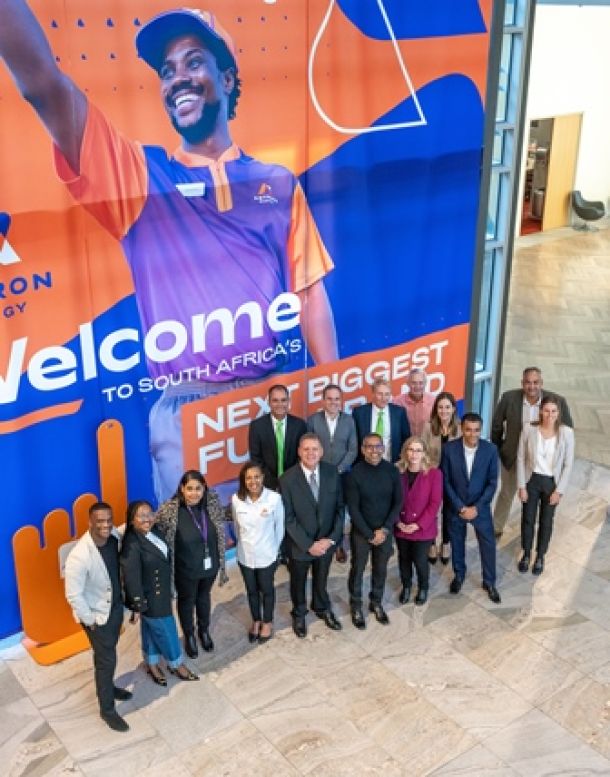It seems customers — the digital generation, too — want it all: to touch and feel products before purchasing them and to shop online. The Financial Mail interviewed Yuppiechef co-founder and CEO Andrew Smith about flipping the script.
As an online player, what precipitated Yuppiechef’s move to brick-and-mortar retail?
It’s important to go back a little bit. We were two guys (Shane Dryden and myself) working from a lounge in Plumstead, Cape Town. We didn’t start with all the money in the world, a huge team and brand or lots of logistics.
Our decision in 2006 that online was the way to go was made partly out of necessity. Our background is in technology and online marketing and building brands, so it was fairly easy to start and we grew really quickly. Online was perfect for us.





